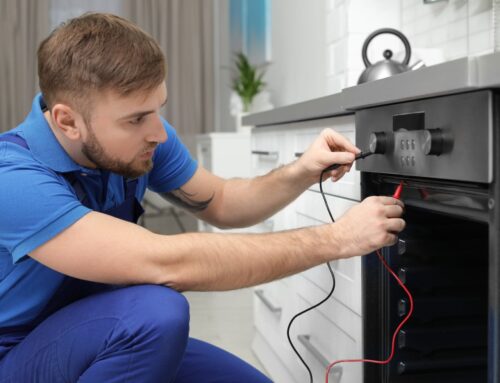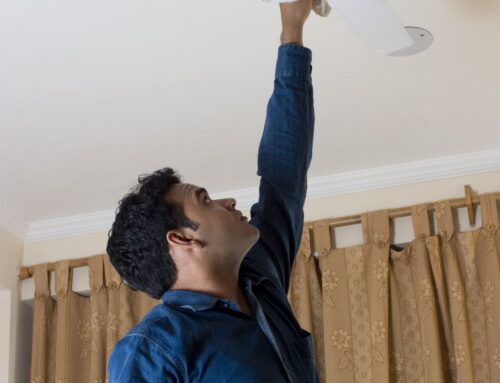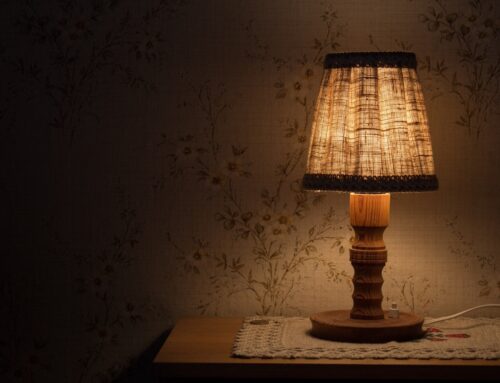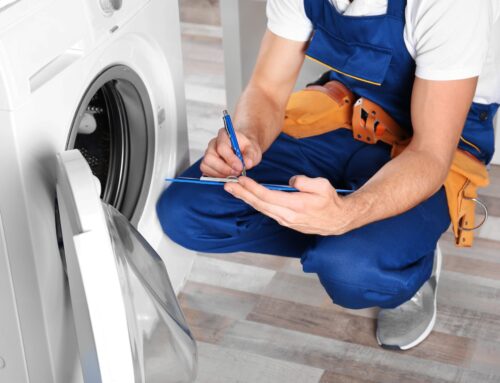Over 47% of American households rely on a gas heater to keep them warm through winter.
Natural gas heaters all have a pilot light that ignites the gas burner. The pilot light must be lit for the gas heater to create heat.
So, what are you to do when the pilot light goes out? There are several gas heater pilot light troubleshooting tips you should know. Read on to find out what they are.
Gas Heater Pilot Light Troubleshooting
Before you launch into the various troubleshooting tactics, you need to understand how the furnace works.
There’s a component called the thermocouple that’s located near the pilot light burner. It functions as a safety device. If the pilot light goes, the thermocouple shuts off the gas. Most issues start and end here.
If you don’t feel up to troubleshooting the furnace yourself, then consider hiring someone who offers comprehensive HVAC services. They’ll be able to inspect your furnace and determine what the proper solution is on the same day.
Check the Thermocouple
If your pilot light won’t stay alight, it might be the thermocouple.
Sometimes dust buildup collects on the thermocouple and blocks the sensor. Try cleaning the thermocouple and then relighting the pilot light.
If it continues to go out, the thermocouple might need to be replaced. Thermocouples experience wear and tear over time. If you’ve both cleaned and replaced the thermocouple, move on to other troubleshooting tactics.
Adjust an Irregular Flame
If your pilot light is flickering and faint, you might need to adjust the flame. Find the screw for your pilot that will adjust the strength of the flame.
If the pilot light is yellow instead of blue, it isn’t set at the right temperature. It could also be sending a bad signal to the thermocouple. This too will require you adjusting the flame.
Check the Gas Levels
If the pilot light is tiny or won’t stay lit, check your gas levels. You may not have enough gas in the furnace’s reservoir. You can check to see by looking at the pressure gauge on the supply tank.
Check for a Corroded Pilot Tip
Over time, the tip of your pilot can become corroded with soot. When this happens, it blocks the flow of gas through the supply line. Take a toothbrush and scrub over the top of the tip of the pilot light.
Regulate any Draft
Sometimes, the pilot light keeps snuffing out because there’s a draft you were unaware of. Try relighting your pilot light and waiting for a while. If you see it start to flicker, hold your hand nearby to see if you can feel any air movement.
Stay Warm
If you’ve tried all these gas heater pilot light troubleshooting tips and it still won’t light or keeps going out, it’s time to call in an expert. A professional HVAC technician has the tools and expertise to conduct a whole host of troubleshooting techniques.
Sewell Electric & HVAC is a family-owned business that’s been in business since 1945. Contact us today to have your gas heater repaired fast.






